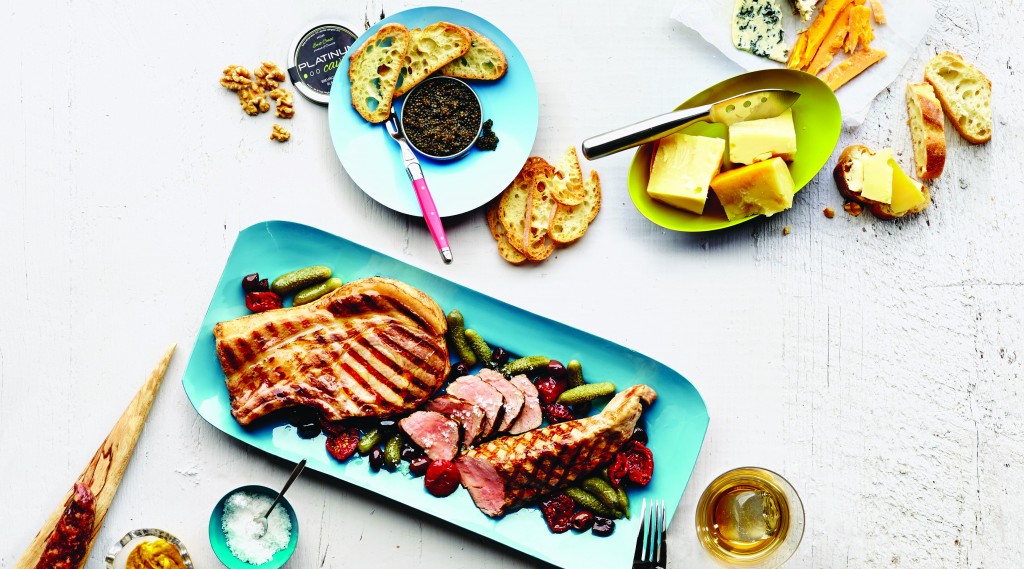Gourmet foods from Canada to try
We now make tastier sausage than Italy and creamier butter than Normandy. Get better food for less with Canadian gourmet fare
Advertisement
We now make tastier sausage than Italy and creamier butter than Normandy. Get better food for less with Canadian gourmet fare

Share this article Share on Facebook Share on Twitter Share on Linkedin Share on Reddit Share on Email